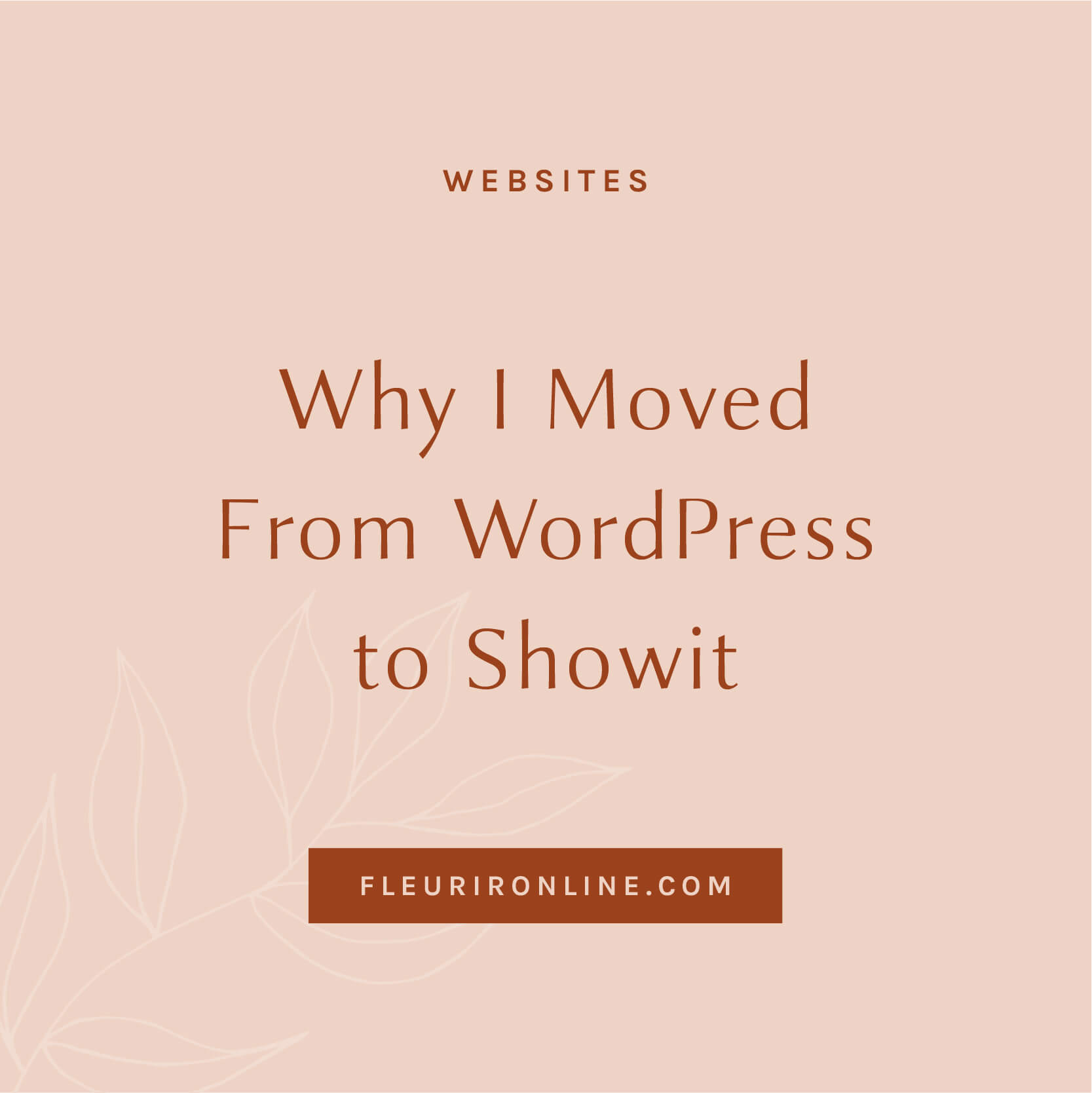As creative small business owners, we only have so many hours available to work on our business. We don’t always have the luxury of hiring specialists to work alongside us to take over our accounting or to manage our social media or emails. This is why automating and batching as much as you can is key to ensuring you still have time to work in your business as well as on your business. Read on to find out how to automate your creative business for success.
What is automation?
Automation eliminates the need for you to do things manually by using systems or software to complete a task or series of tasks for you. This means freeing up your time so that it can be spent on things such as winning more business, spending more time with your family and so on…
So how do we automate? I go into this in more detail below…
Step 1 – Write down your processes
The most important thing you can do in order to automate your business is to write down your processes for everything involved in running your business.
Even if it doesn’t feel like it, you will have a process for running various parts of your business. From winning new business, to scheduling social media to working with clients.
Step 2 – Work out what you can automate
Now you’ve written down each step in your processes, it’s time to work out what can be automated. Take a look through your processes and highlight the ones that you think could be automated.
Think about what happens when you receive an enquiry; are you spending precious time going back and forth with your clients to book a time for a consultation when there could be a system that does this for you? How about your social media scheduling? Are you wasting time each day thinking about what to post on your social media platforms? What does your client process look like? Are you constantly chasing for feedback or responses from clients?
All of these processes can be streamlined by creating a system for automating.
Step 3 – Get Automating
In this step, I’m going to run through a few ways that you can automate your processes starting with the initial enquiry.
The Enquiry Process
If you’re finding that you are spending far too much time going back and forth with potential clients to find a date that suits you both, then in comes Calendly or Acuity Scheduling. These systems will connect with your Google calendar and allow you to input your availability for meetings. Simply connect the link to your website or in an email and allow clients to book in a time straight away.
Another method for speeding up the enquiry process is to introduce templates for emails you send regularly. There’s no doubt that there will be emails that you are typing up each time you receive an enquiry or send a proposal and you could save yourself time by setting up templates. If you’re a Gmail user, Canned Responses does this for you as does Snippets in Streak.
Working with Clients
Now this is going to be a bit different depending on what you do. For example , if you are a coach currently using multiple systems to send proposals, contracts and invoics then I would recommend Dubsado. Dubsado is a client management tool designed to automate your onboarding process and improve your client experience.
With my clients, I use a project management system called Asana and this works really well. It takes the process of working with my clients completely away from my inbox and provides a central place for both me and my clients to keep updated on the process. Another one that is used instead of Asana is Trello. I personally tried Trello but found Asana a better system for the way I like to work.
Social Media Scheduling
There are many tools available for scheduling social media posts which mean you don’t need to go into each platform on a daily basis. Ideally you want to try and minimise the number of systems you use here but that’s not always possible. When I first started out, I used Buffer to schedule to Twitter and Facebook. This worked great at the time but I’m no longer on Twitter. Buffer can also schedule to Pinterest but I’ve found that I prefer using Tailwind for this. Another scheduler for Pinterest is BoardBooster. Lastly for Instagram, I use Planoly. Whilst Instagram doesn’t allow automatically scheduling, you can use software such as Planoly or Later to plan out your posts. You can then set them to schedule at a certain date and time and you will receive a notification reminding you to post.
Blog Post Batching
Content marketing is so important for creative small businesses. Not only does it improve our presence in search engines, it also builds trust with potential clients. For best results, blogging should be done consistently whether that’s every weekday, twice weekly or once a fortnight. However, blogging can be very time consuming and if you are not in the right frame of mind to write a blog post, it can end up feeling like a chore or taking more time than necessary.
The way I run the blog for Fleurir is by batching my blog posts. Now I’m not going to pretend I always get this right but when I do, I notice a huge difference to my productivity. I have set aside Wednesday evenings to blog for my business. Each Wednesday evening, I sit down and I write as many blog posts as I can. I then create the graphics and input everything into WordPress. My blogging schedule is Tuesdays and Thursdays so once the posts are in WordPress, I then schedule them to be published on a Tuesday or Thursday.
Whilst this isn’t completely automated, by batching certain tasks such as blogging and social media, you are saving time in the long run.
Trial and Error
The key is to research and trial out a system that works for you. Many companies offer free trials so use these to your advantage before committing to a piece of software.
I hope this post has given you some food for thought as to how you can automate your creative business.
*This post contains some affiliate links. I would never become an affiliate for or recommend anything that I haven’t used or don’t use myself.



